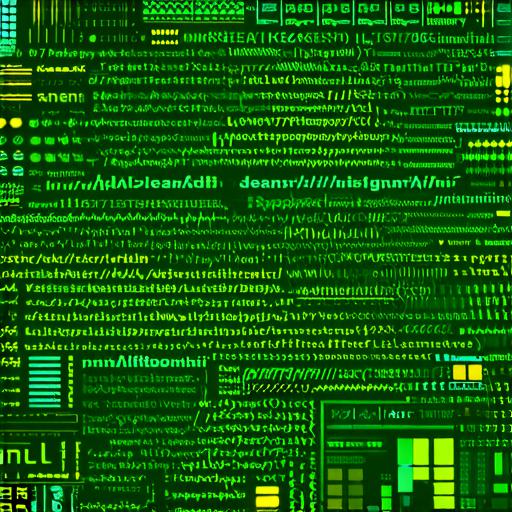
Hyper Text Markup Language (HTML) stands as the structural backbone of the World Wide Web, serving as the foundation upon which web pages are built. It outlines the framework for these digital documents, providing them with a structure that is intuitive and user-friendly.
The Programming Language Debate
Despite its structural role, some argue that HTML should be classified as a programming language due to its syntax and ability to influence web page behavior. For instance, JavaScript, an undisputed programming language, frequently collaborates with HTML elements, blurring the lines between the two.
A Closer Look: Syntax and Control
To gain a deeper understanding, let us examine HTML’s syntax and control capabilities more closely. HTML utilizes tags to define elements, much like how programming languages employ keywords. However, these tags do not execute logic or make decisions, which are essential characteristics of a programming language.
The Influence of JavaScript
In contrast, JavaScript can dynamically manipulate HTML elements, adding a layer of interactivity and control that HTML lacks. This has led some to argue that because HTML relies on JavaScript for these capabilities, it must be considered a programming language.
The Verdict: A Matter of Perspective
So, is HTML a programming language? The answer depends on one’s perspective. Technically, no, as it does not execute logic or make decisions. However, in practical terms, yes, because it structures and controls web pages, much like how a programming language structures and controls software applications.
Embracing the Spectrum
Ultimately, viewing HTML as both a structural language and an integral part of the web development ecosystem can help us appreciate its unique role in the digital realm. It’s not just about labels; it’s about leveraging the power of each tool to construct something extraordinary.
